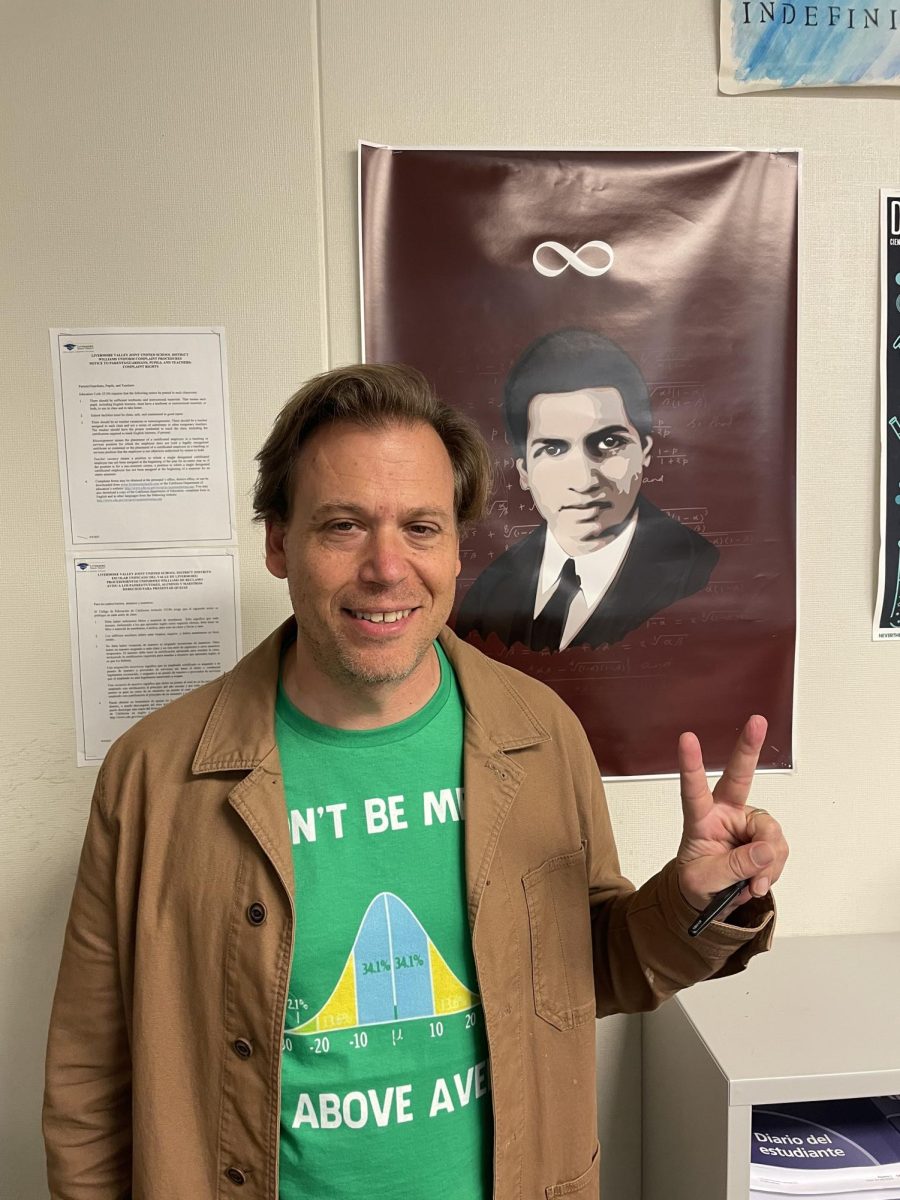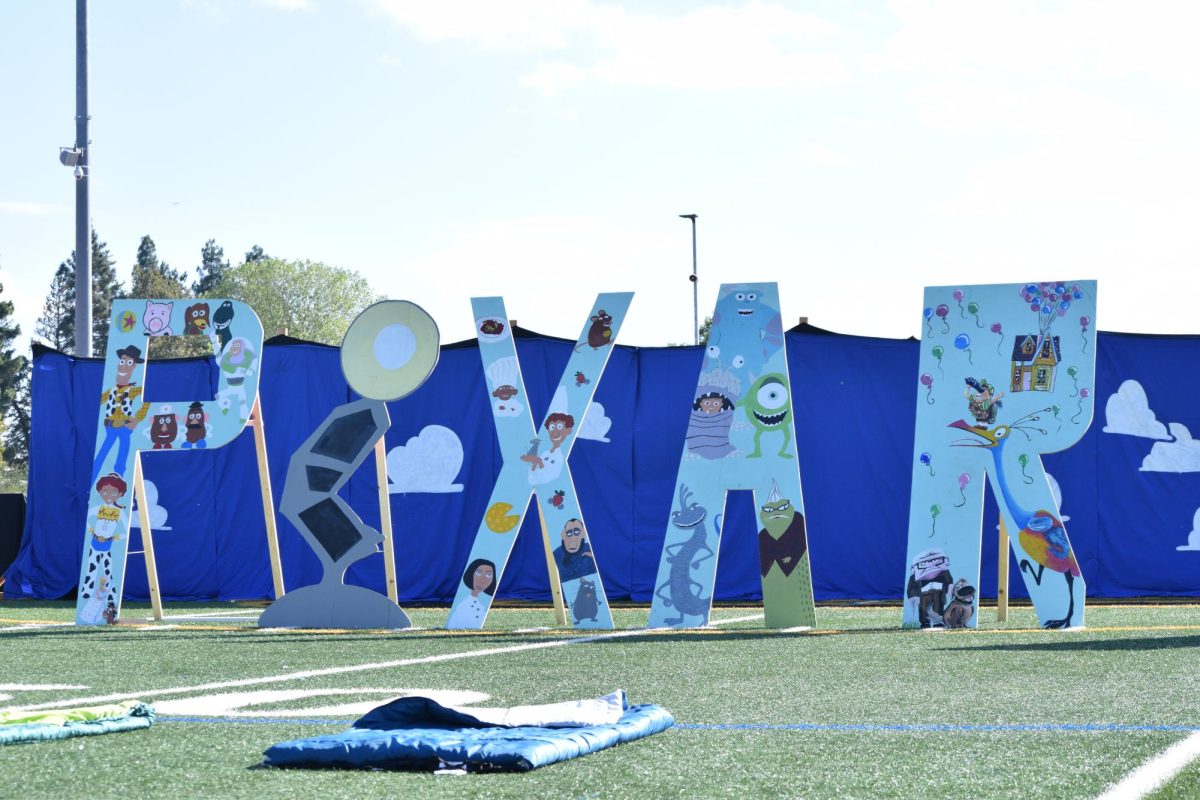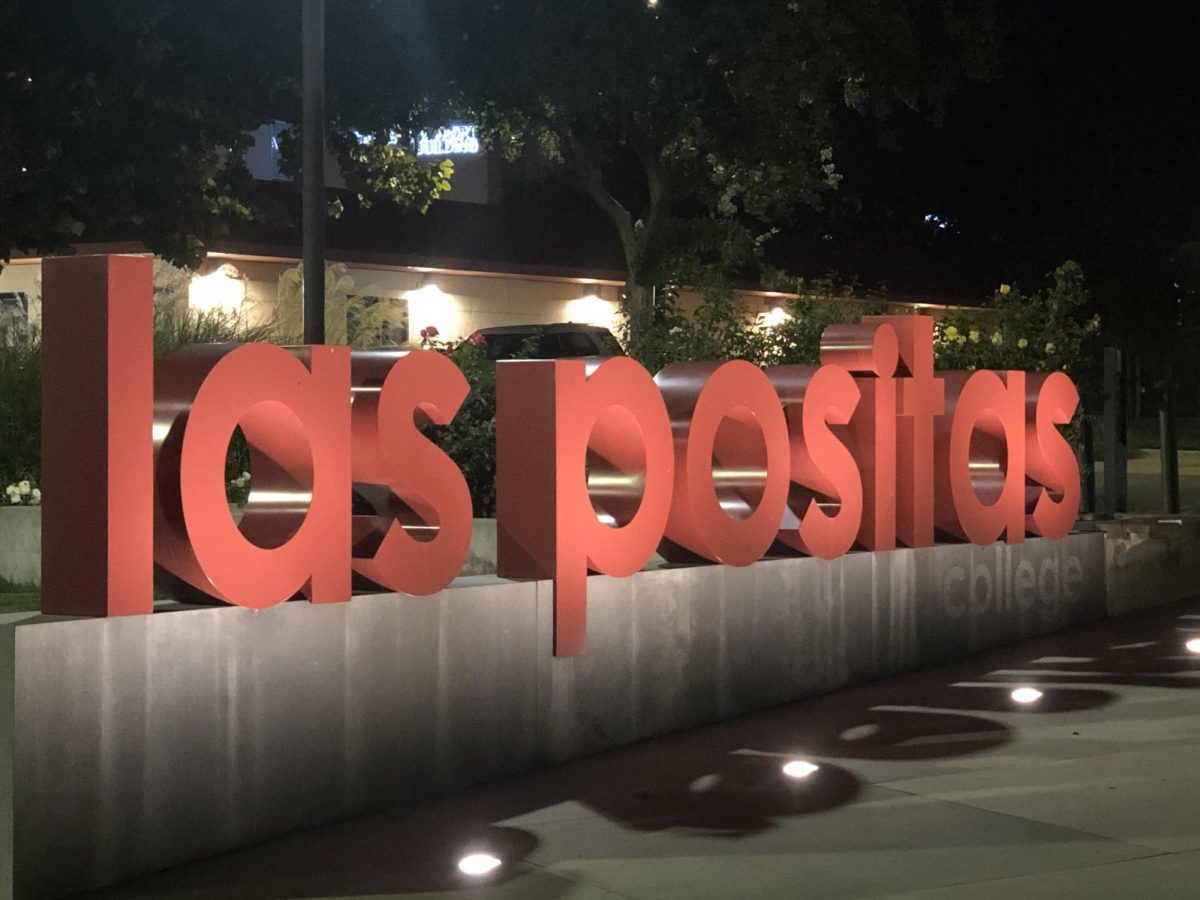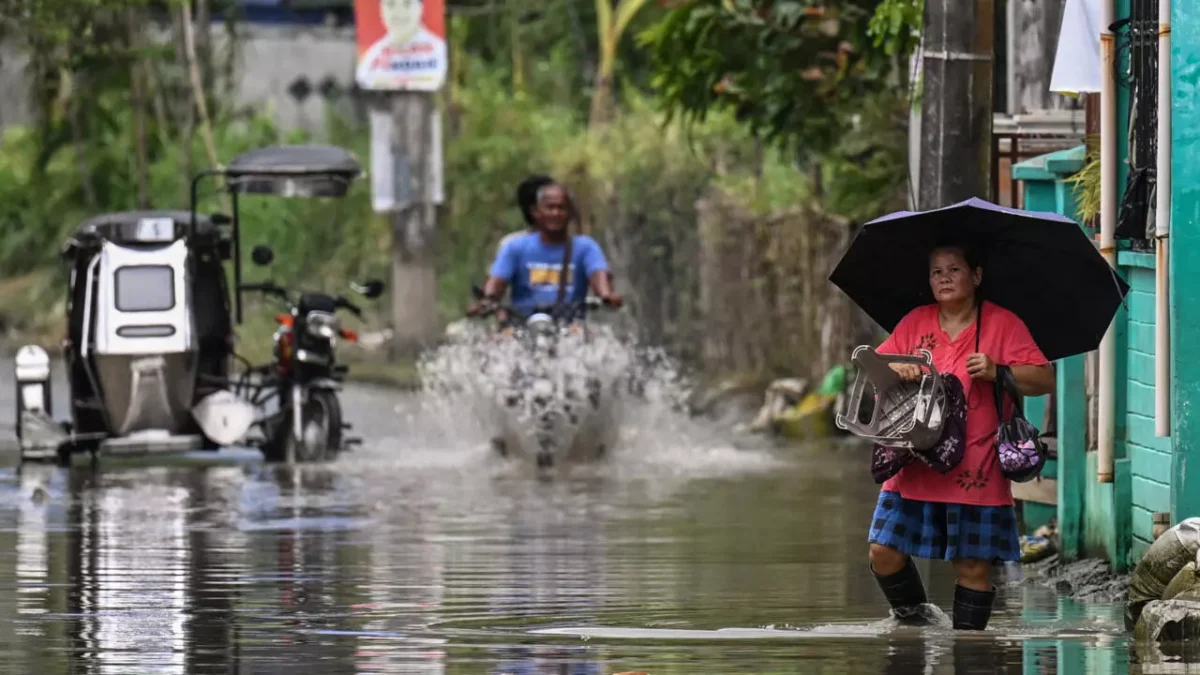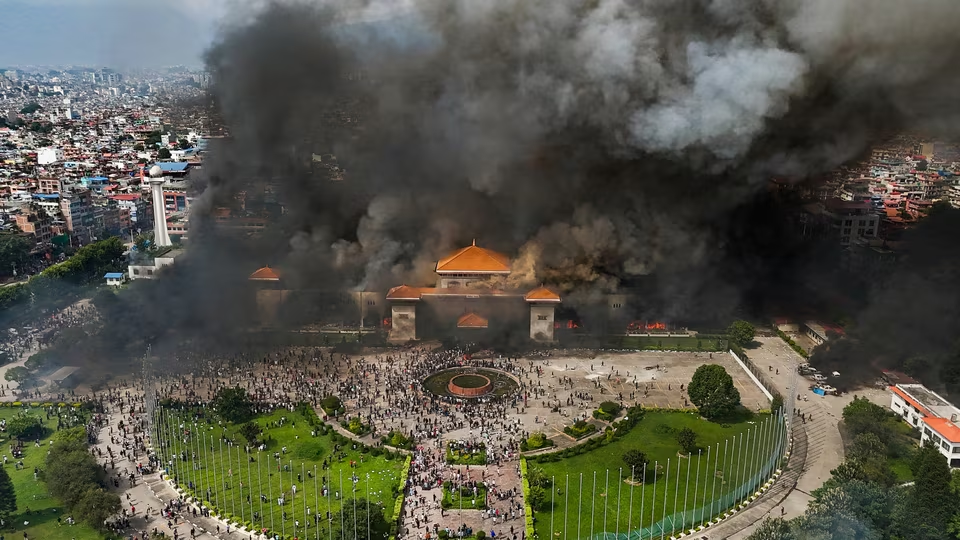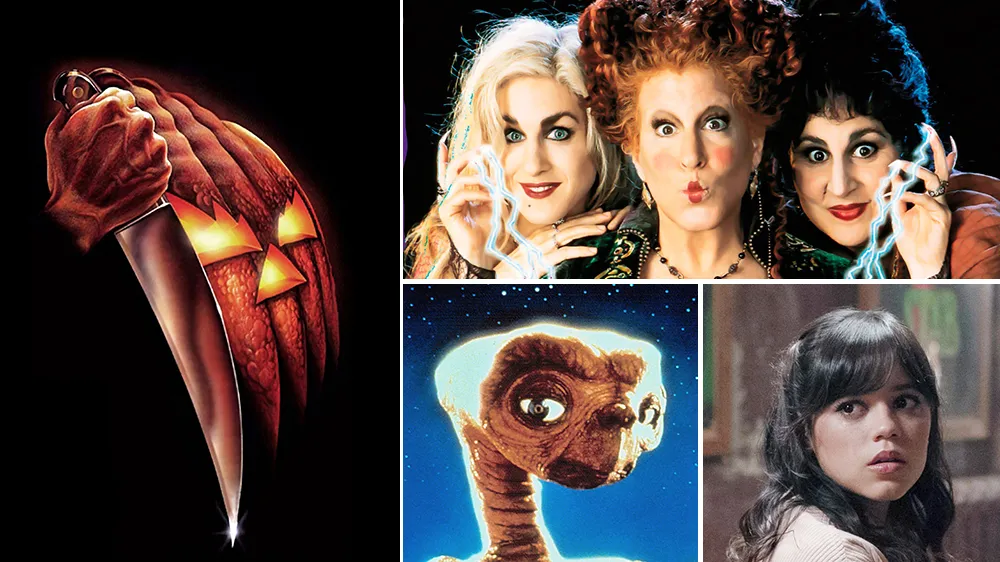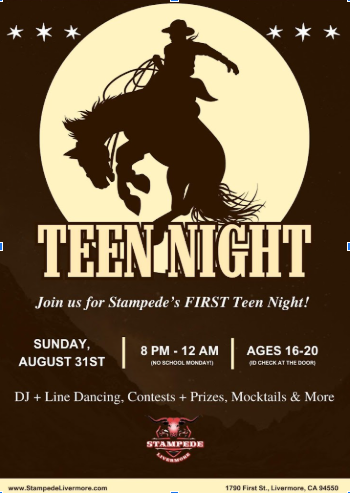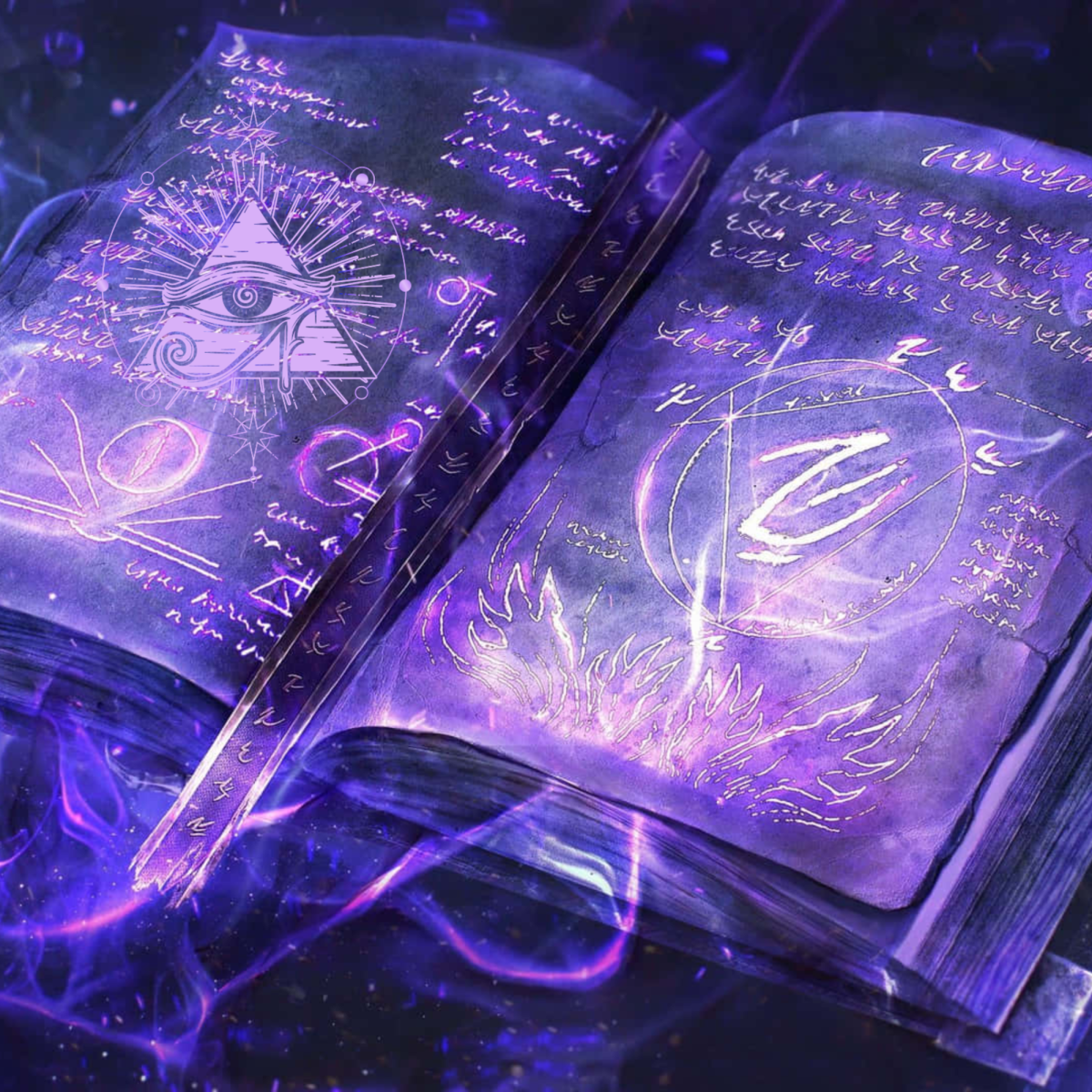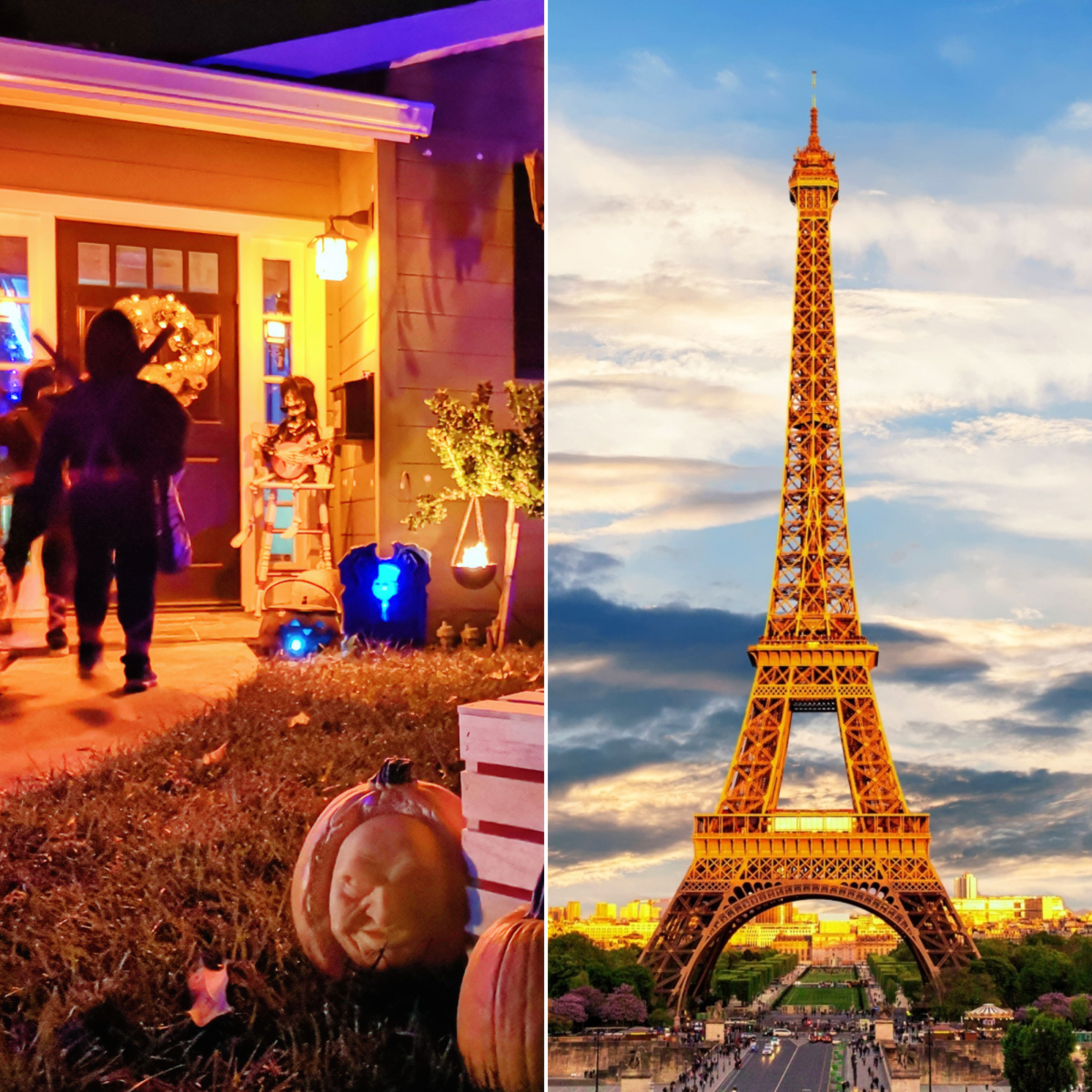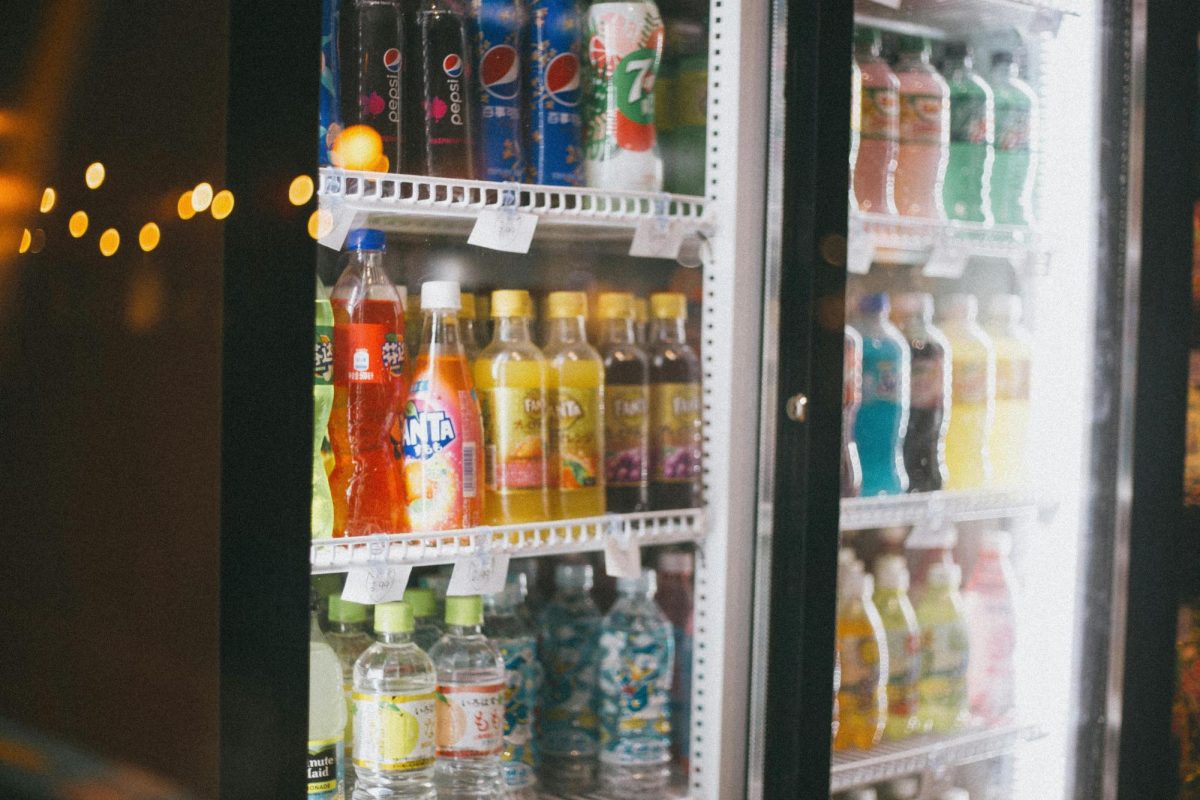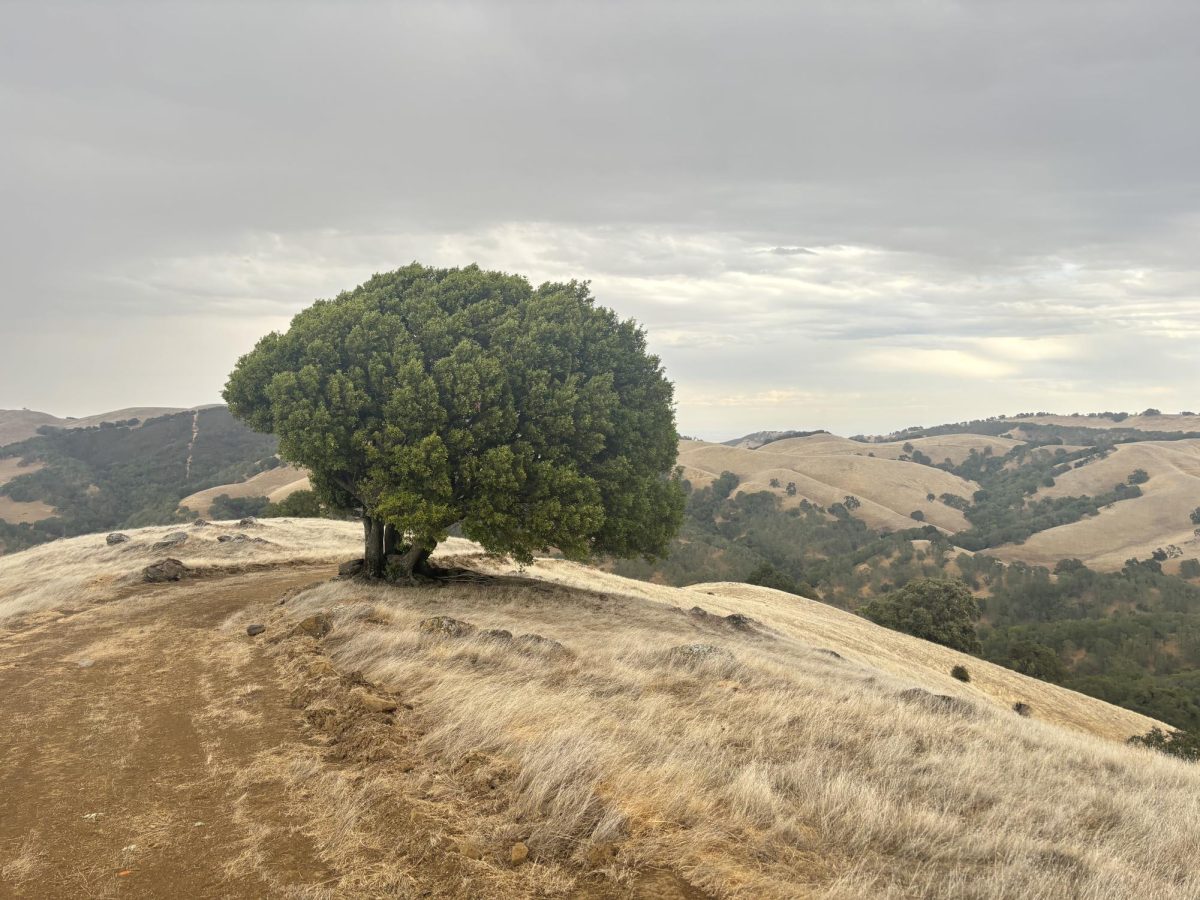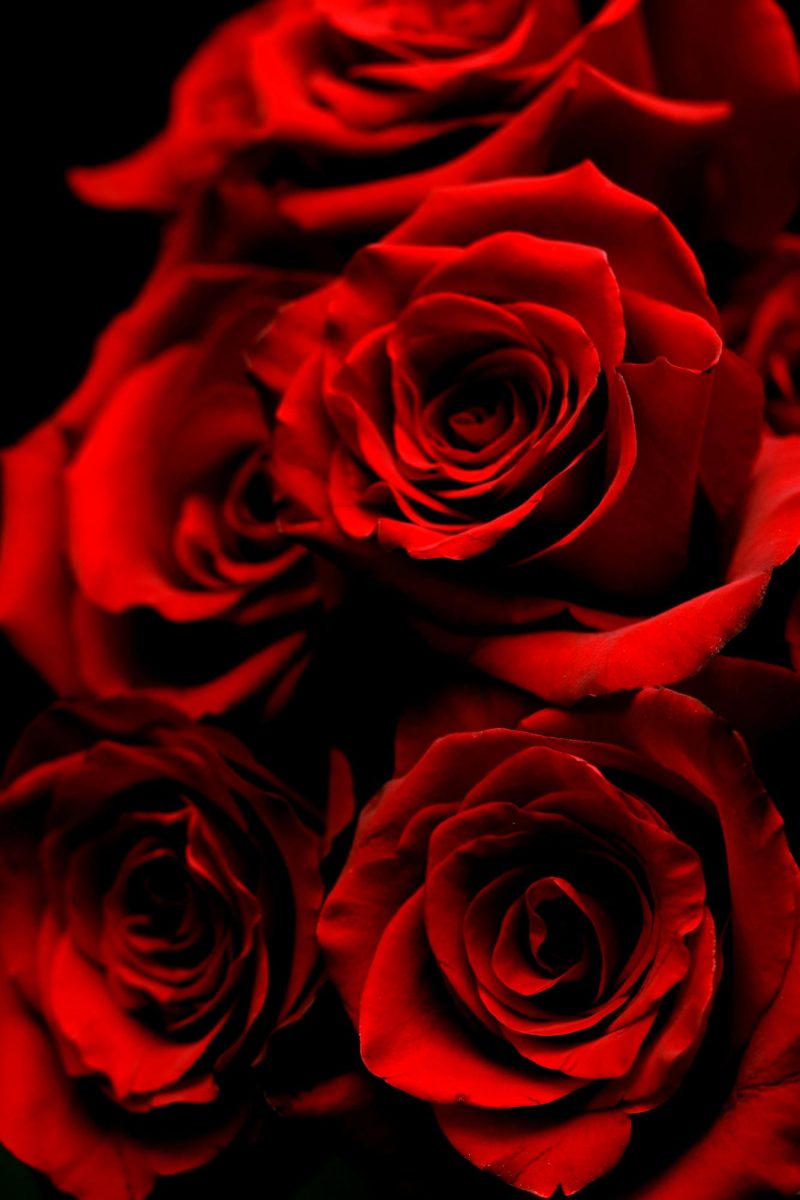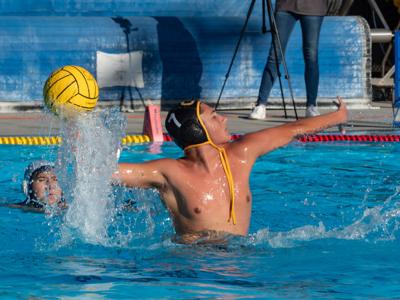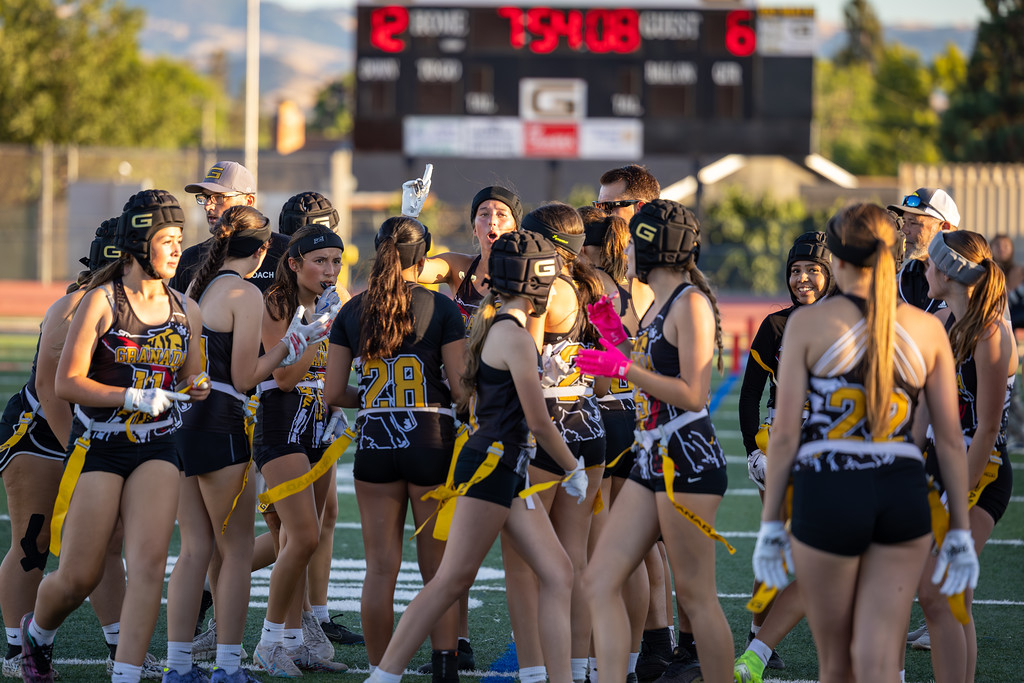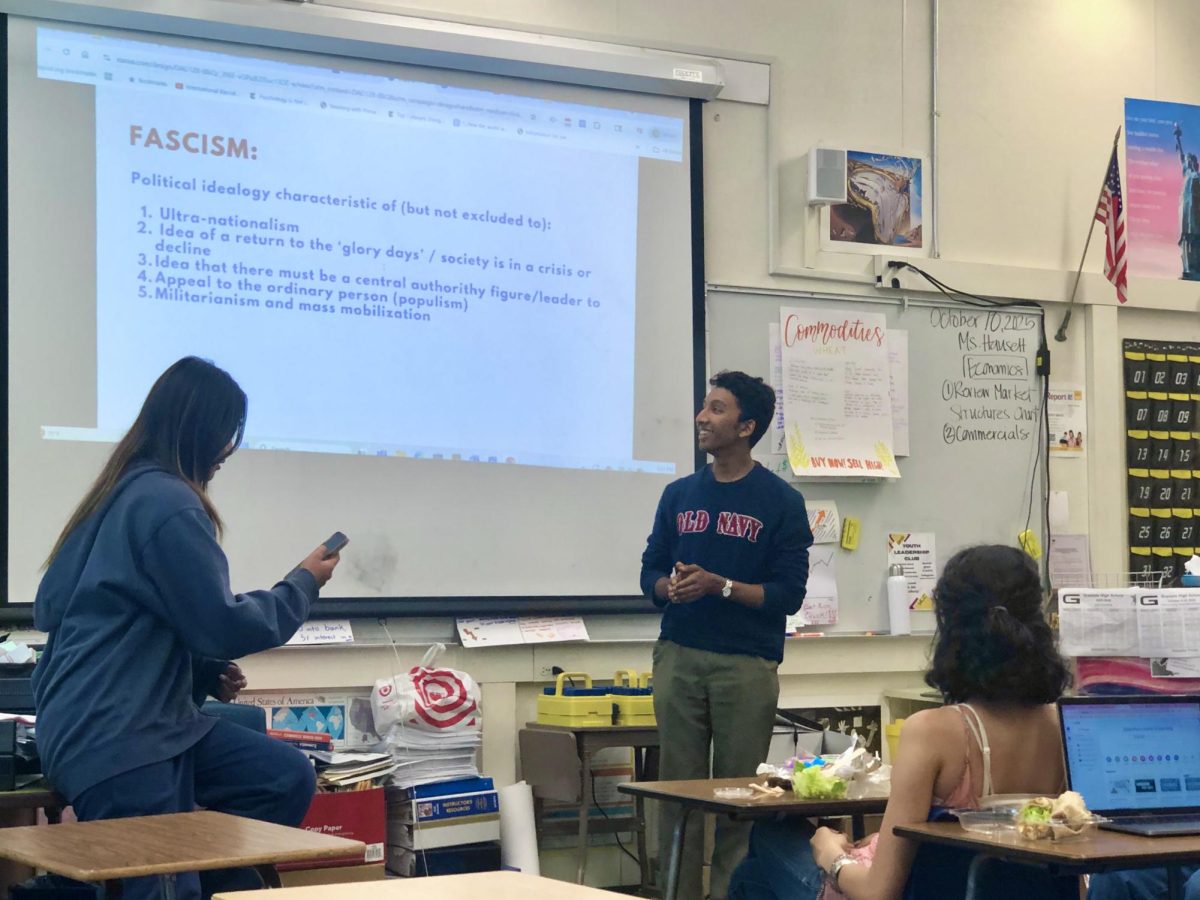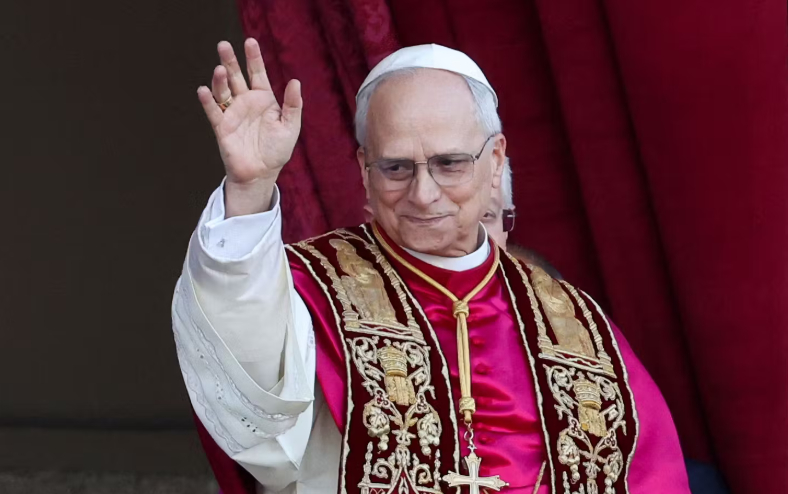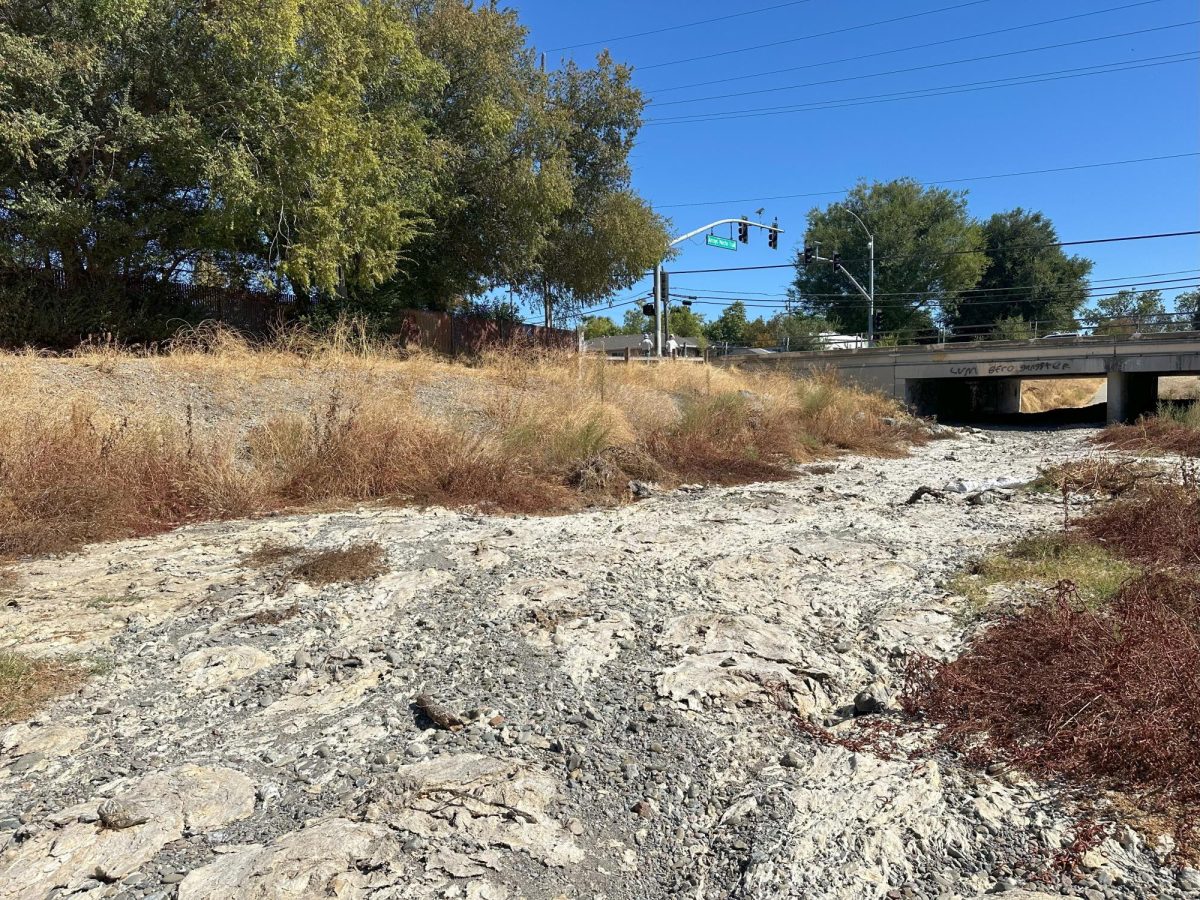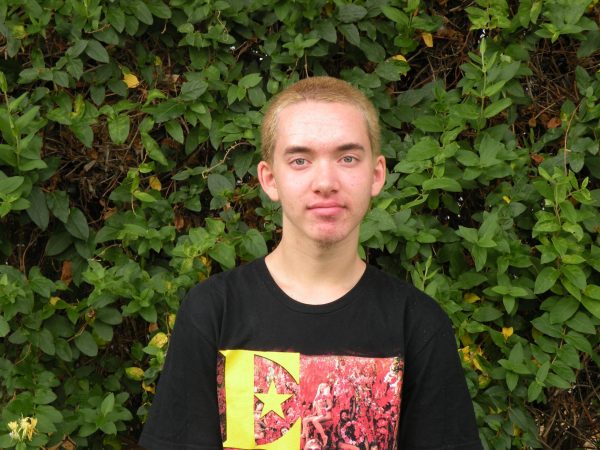Conclave, the process of choosing the next Pope of the Catholic Church, started on May 7th, and by the next day we already had a new Pope. Pope Leo XIV, formerly Cardinal Robert Prevost of Chicago, Illinois, has been elected the next Pope of the Catholic Church. He becomes the first American to ever hold the papal office.
Now, whether it’s because you’re Catholic or simply because you’ve seen the movie Conclave, millions were eagerly waiting to learn who would be the next Pope. But, how does the church choose a new Pope, a job that serves 1.4 billion Catholics worldwide? Here’s a rundown on what is Conclave and a background on who is Pope Leo XIV.
A vacancy of the papal office only occurs if the Pope has died or resigned. The recent vacancy was due to the death of Pope Francis, but there have been six resignations in the history of the papacy. The most recent resignation was of Pope Benedict XVI in 2013 which led to Francis becoming the Pope. This was the first time a Pope had resigned since Gregory XII’s resignation in 1415. Benedict cited his advanced age (he was 85 at the time) as his reason for resignation.
Once there is a vacancy, Conclave is called, the name given to the process of choosing the next Pope. During the Conclave, the College of Cardinals (all Cardinals in the Catholic Church) convenes at the Sistine Chapel in Vatican City. Once there, they are sequestered which means that none of the Cardinals can leave until they choose a new Pope. None of the participating Cardinals or staff of the Church may communicate with the outside world. Breaking this rule results in excommunication from the Church. In modern days, maintaining secrecy includes blocking Wi-Fi access, placing wireless signal jammers in the Sistine Chapel, and, during the election of Pope Francis, sweeping the church for any bugs or surveillance devices.
The possible candidates for the papacy are all members of the College of Cardinals under the age of 80, per limits enacted by Pope Paul VI in 1970. Every day, up to four ballots occur with two rounds of voting in the morning and two rounds in the afternoon. This continues every day until a Pope is chosen. The Cardinals vote on paper cards reading “I elect as Supreme Pontiff” in Latin and the name of who they’re voting for. A candidate needs a two-thirds majority vote to win.
After each round of voting, the ballots are immediately burned and smoke is released from a temporary chimney installed in the Sistine Chapel. The release of black smoke indicates that the Conclave failed to elect a Pope while the release of white smoke announces that a new Pope has been chosen.
While in the past the seals on the paper ballots and damp straw were used to color the smoke, since 1963 the Church has used chemicals to change the color of the smoke. This was mainly a result of the 1958 Conclave which many Catholics believe to be fraudulent, all because of the color of the smoke. While it was Pope John XXIII who was elected in 1958, some believe that it was actually Cardinal Giuseppe Siri who was chosen. On the first day of voting, white smoke emerged from the Church, only to be followed a few minutes later by black smoke. The Church stated the smoke only emerged white at first due to an issue with the damp straw. Followers of this conspiracy believe that Pope John XXIII and all following Popes are antipopes.
While the election of Pope Leo only took a day, the Conclave does not have a time limit. The longest Conclave took three years, from 1268-1271, and resulted in the election of Pope Gregory X. Rules were instituted afterwards to try to minimize outside influence which included stricter restrictions on allowing the Cardinals to leave during Conclave. Since 533, the new Pope chooses a new papal name to go by. This was started by Pope John II who was originally born with the name Mercurius but felt it inappropriate since it was also the name of a Roman god. A more recent example is Pope Francis, who was originally born Jorge Mario Bergoglio.
On May 8, 2025, we got a new Pope: Pope Leo XIV. Leo is 69 years old and hails from the city of Chicago. He first attended Villanova University in the 1970s, where he received a degree in mathematics, before attending the Pontifical University of St. Thomas Aquinas in Rome and being ordained at 27. He is most known for serving as a bishop for two decades in Peru. As Cardinal, he was very influential over the Church as he held the position of choosing and managing bishops.
According to the Vatican, he chose Leo as his papal name in direct reference to the last Leo, Pope Leo XIII, who was famous for supporting workers and helping bring the Catholic Church into the modern world. We still do not know where Leo stands on some issues, the most prominent at the moment being his position on gay and transgender members of the Catholic Church. Pope Francis was influential in being more open to gay Catholics but Leo has not expressed any opinion on the LGBT since 2012. He has also been criticized for protecting priests accused of child sexual abuse.
Leo holds similar opinions to Pope Francis on helping the poor and migrants and opposes anti-immigration policies. Leo has so far been celebrated for his newly discovered criticisms of the Trump administration and J.D. Vance, which surfaced on his old Twitter account. He specifically criticized the administration’s stance on immigration. Let’s hope Pope Leo follows the legacy of Pope Francis and ushers in a new age of modernity and progressivity for the Catholic Church.

